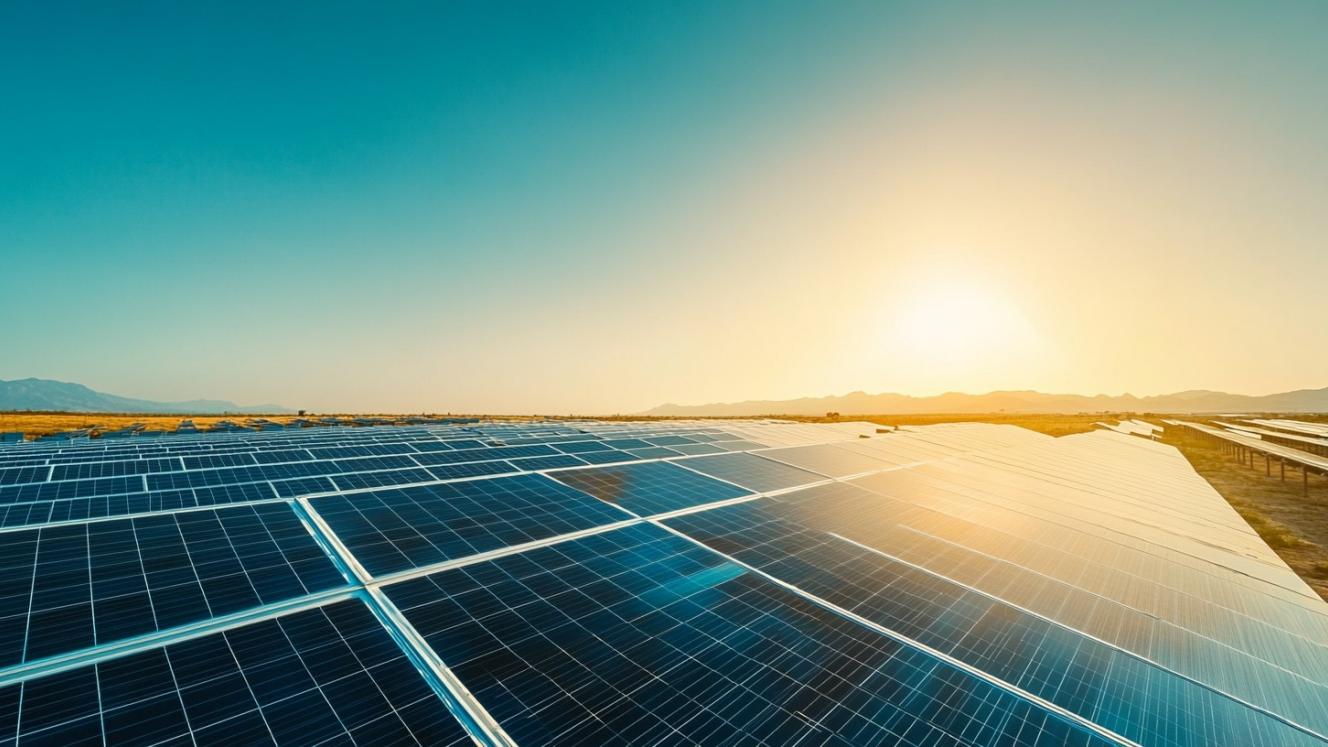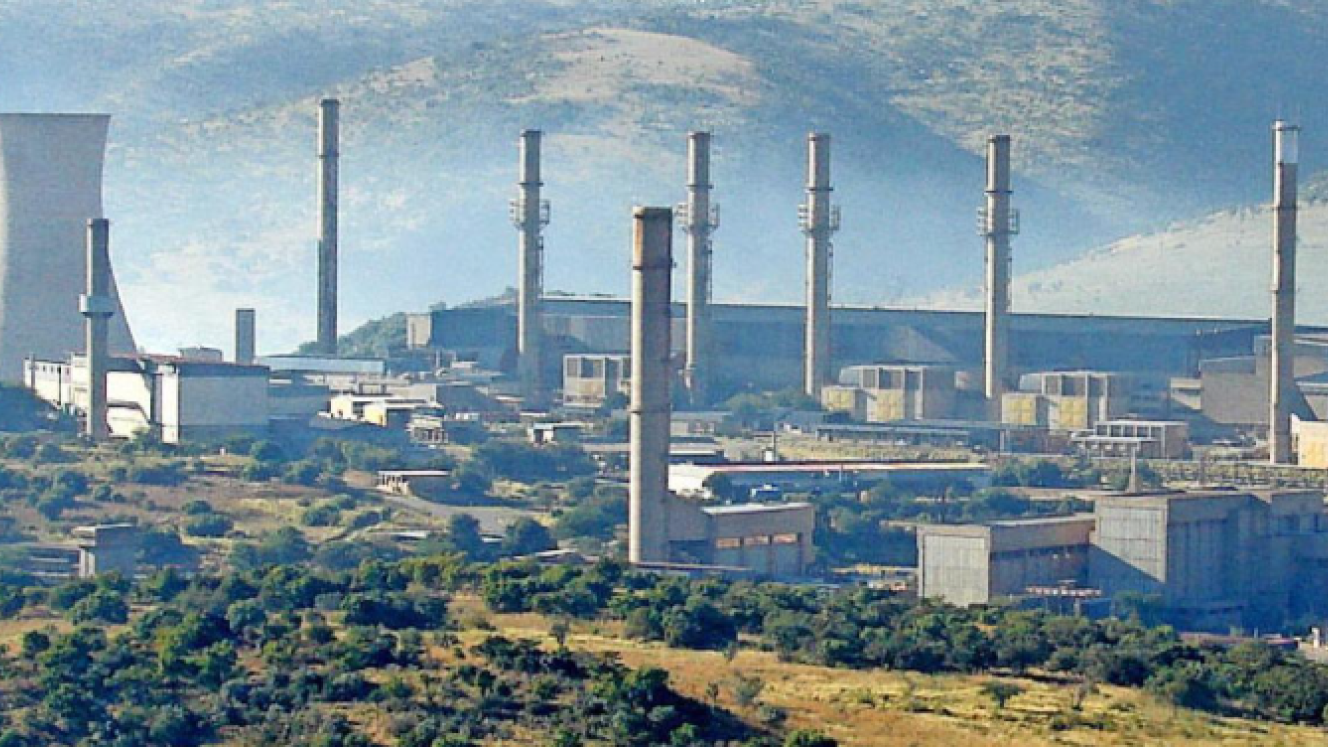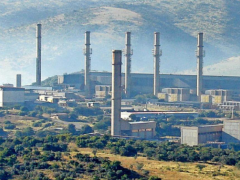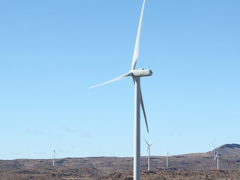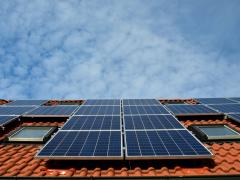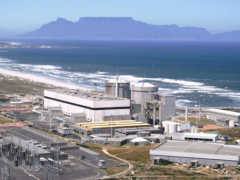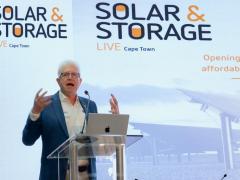A new study by the Development Bank of Southern Africa, Presidential Climate Commission, National Planning Commission and National Treasury’s SA-TIED programme concludes that green industrialisation represents South Africa’s lowest-cost route to energy security and net-zero emissions by 2050.
According to Chris Yelland, MD of EE Business Intelligence, who reported on the findings, the study offers the most detailed quantitative assessment yet of South Africa’s electricity transition. It combines energy system modelling, market analysis and financial diagnostics to test three possible pathways:
- Green industrialisation
- Market forces
- Business as usual
Aligning cost and climate goals
Yelland notes that, across all three scenarios, the analysis finds no trade-off between economic efficiency and climate ambition. “The pathway most closely aligned with the Paris Agreement also delivers the lowest overall system cost,” he explains.
Under the green industrialisation scenario, strong domestic policy alignment and preferential financing for renewable energy enable rapid decarbonisation within a strict carbon budget. The market forces and business-as-usual cases show slower transitions, higher fossil-fuel use and rising long-term costs.
System outlook to 2050
The modelling indicates that South Africa can meet future electricity demand without new coal or nuclear capacity provided renewables, storage and flexible gas are deployed at scale.
By 2050, the green industrialisation case reaches about 99 GW of solar PV, 48 GW of wind, 53 GW of battery storage and 23 GW of flexible gas turbines. Coal capacity falls from 37 GW in 2025 to 10 GW – all retrofitted with carbon capture systems.
Starting from 436 Mt CO₂-equivalent in 2022, emissions decline to roughly 123 Mt by 2030 and 8 Mt by 2050 – well within South Africa’s nationally determined contribution range. Power flow modelling highlights the need for new 765 kV transmission corridors and extensive collector networks to carry renewable power from high-resource zones to demand centres.
Investment and affordability
Total system investment between 2025 and 2050 is estimated at between R3,6 trillion and R4,2 trillion – discounted to 2024 values. Despite requiring the highest initial capital, Yelland says the green industrialisation pathway ultimately proves most affordable because early renewables deployment lowers fuel costs and drives technology learning.
The business-as-usual case, which defers investment, accumulates the greatest lifetime cost through continued fossil-fuel expenditure and slower innovation. Grid infrastructure accounts for a growing share of total expenditure with about R383 billion allocated to transmission and distribution expansion under the green pathway – equating to around R140 billion a year in new investment through the 2030s.
Financing and reform needs
Market sounding by the study team found short-term liquidity among banks, pension funds and development finance institutions but persistent regulatory uncertainty and weak project pipelines threaten future investment. Financiers expressed confidence in renewable-generation projects yet concern about frameworks for transmission investment, grid access and tariff setting.
Policy review highlighted a fragmented regulatory landscape. While Regulation 28 of the Pension Funds Act now permits greater infrastructure investment by retirement funds, South Africa still lacks a unified statute to channel capital efficiently into grid and storage assets.
Yelland points to examples such as Chile and India where legislated integrated planning and independent oversight have accelerated private-sector participation – reforms the study recommends for South Africa.
Implementation and impact
Achieving the green industrialisation pathway will require roughly 7 GW of new renewable build each year to 2030, supported by streamlined permitting and faster grid-connection approvals. The transition must also include social protection measures in coal-dependent provinces to ensure a genuinely “just” outcome.
Yelland stresses that delaying the transition will cost South Africa more economically, socially and environmentally than acting now. “If implemented with urgency, South Africa could achieve near-universal access, end load shedding, meet its nationally determined contribution targets and position itself as a regional powerhouse in renewable energy and associated green industrialisation exports,” he says.
